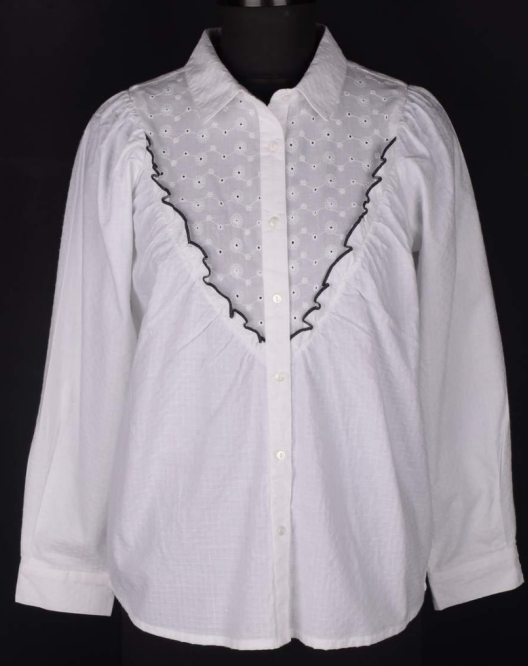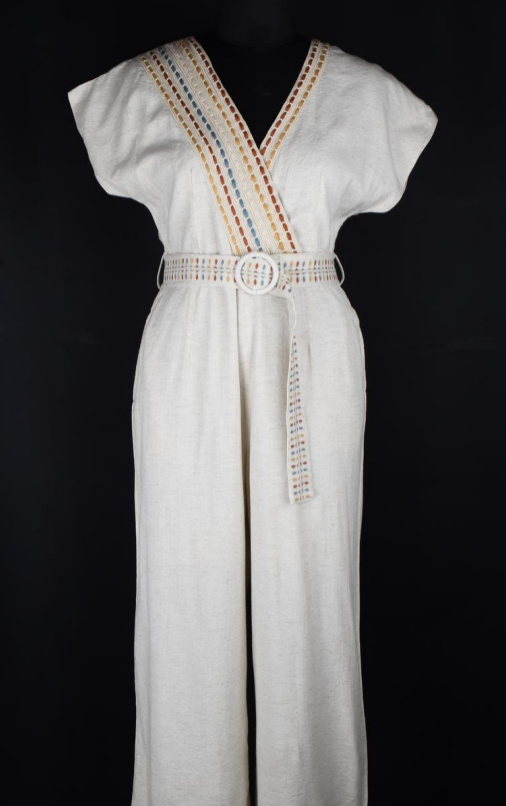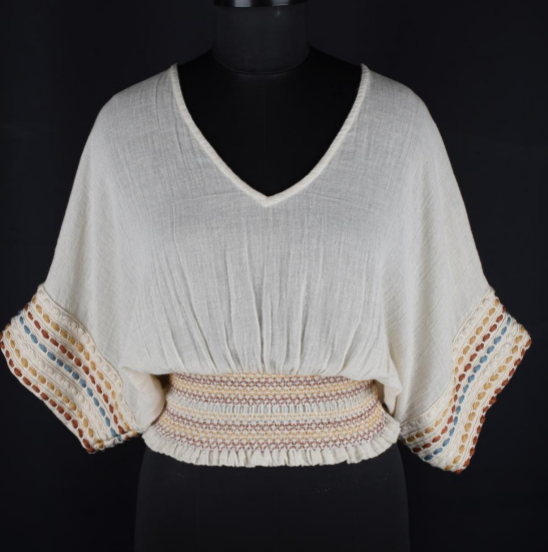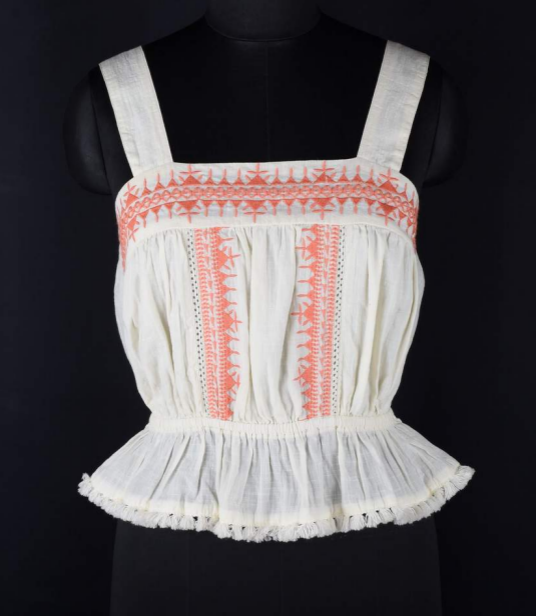Understanding The Collaborations Involved In Women’s Wear Manufacturing

Apparel and garment manufacturing is not a one-person job. There are various collaborators along the way whose efforts are crucial in developing the final readymade garment. This collaborative effort of various professionals and even industries is what makes up the garment manufacturing industry as a whole. So, who are the different players in the women’s garments manufacturing industry? What are their different roles? What makes them indispensable? Let’s answer all these questions and better understand the women’s wear manufacturing industry.
Why is Collaboration Crucial in Women’s Wear Manufacturing?
Collaboration is crucial in any type of readymade garment manufacturing and not just women’s wear manufacturing. This is mainly because there are different industries and requirements at play that involve the manufacturing of garments. If you start from the very beginning, what’s the basic requirement for manufacturing garments? Fabric, right? However, fabric is not found in nature; it needs to be made from natural or synthetic fibres. So, it seems even thread needs to be spun from natural fibres in order to create the raw material needed to make fabric.
Do you see where this is going? There is a diverse and interesting history of how humans developed the skills and knowledge of spinning fibres into threads and making fabric. This already shows you the two industries required for any type of garment to be produced and none of them are the ones that actually produce the garments. So, now that you know the role of collaboration in the manufacturing process, let’s review the different collaborators and their contributions to women’s wear manufacturing.
Collaborators Involved in Manufacturing Women’s Wear
-
Yarn Manufacturers
The first step of women’s wear manufacturing is getting the appropriate yarn. As mentioned previously, yarn is spun from natural or synthetic fibres and stored in large spools. These spools are then woven or knitted into fabric. The primary work of yarn manufacturers is to prepare natural and synthetic fibres for yarn spinning. For natural fibres, they wash, bleach, and disinfect the natural fibres to improve their separation and prepare them for the yarn spinning process. The key focus is not reducing the tensile strength of natural fibres and ensuring the yarn and corresponding fabric are durable and suitable for garment manufacturing.
-
Textile Manufacturers
Once the yarns are ready, textile manufacturers take over and use weaving or knitting machines to make the fabric. Weaving is the more common of the two techniques, and though this process was previously done by hand, it is now mechanised and automated. Hand weaving of yarns is still practised in specific cases, such as manufacturing certain types of sarees. Once the fabric is prepared, it goes into dyeing or printing; in some cases, that can even end the manufacturing process.
-
Fabric Dyers & Printers
Fabric dyeing is performed by experts who are very knowledgeable about colour theory and the use of several dyes and chemicals to prepare fabric for final manufacturing. With advancements in technology today, there are several non-toxic and environment-friendly dyes that can be used to make garments eco-friendly and recyclable. The dyers and printers prepare the garments for final garment manufacturing. They even treat the fabrics with chemicals that offer benefits like anti-stain, anti-shrinkage, and UV protection.
-
Garment Manufacturers
The next step of the process is garment manufacturing, where fabric is cut into pieces using a master pattern and sewn together to create the garment. Master pattern makers break down the different parts of the garment and create patterns that minimise fabric wastage. Once the fabric is cut into different pieces, they are sewn into the main body of the garment by an assembly line to create the final garment. Lastly, it goes through a thorough quality analysis and build quality check to ensure there are no mistakes in the garment manufacturing process.
-
Label Manufacturers
Lastly, to ensure the finished garments are ready to be sold in the market, they need to be labelled. This involves attaching care instructions and size details directly on the garment, as well as the price and brand tag. These labels are manufactured by a different manufacturer and sent to the brand for final assembly of the finished garment. Once that’s done, the garment is market-ready and sent over to suppliers for delivery to retailers and wholesalers.
Conclusion
These are some of the most important collaborators who work for manufacturing garments and women’s wear specifically. If you want to learn more about the garment manufacturing process or want to work with a comprehensive garment manufacturer who can take care of end-to-end manufacturing responsibilities for your clothing line, check out CheerSagar. They are one of the top garment manufacturers and exporters from Jaipur. Check out their website to learn more about their services.
Related Blog
Why Private Label Manufacturers Use ERP Software Systems?
FACT: India's textile industry contributes to nearly 14% of the industrial production and 4% to GDP. Moreover, the textile industry...
6 Things Bulk Buyers Silently Judge In Your Clothing Samples That You Must Know About
As a garment manufacturer, you always have to consider what your buyers notice when they’re examining your samples. Especially for...
Woven Fabric: What Are Its Quality Control Parameters?
As manufacturers, it’s crucial for you to always stay up-to-date about new fabrics and blends. Given the various parameters...




